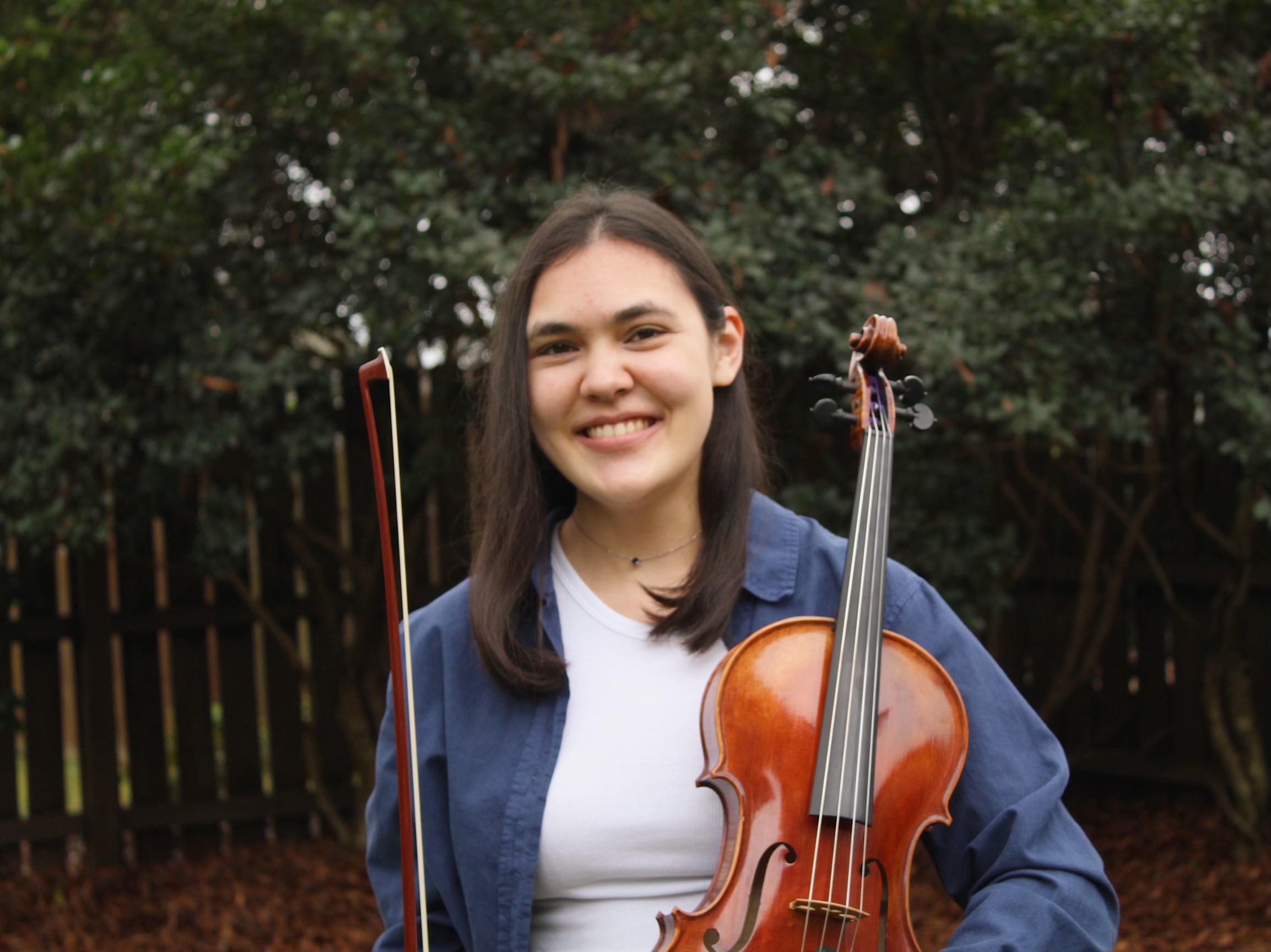
by Michele Kirichanskaya | Jun 14, 2024 | Blog
Caroline Palmer (they/them) is a nonbinary comic creator. Their work has been published in the comics anthology, A Taste of Home (2020) by Level Ground Comics, and they’ve been consistently updating their Webtoon Talent de Lune since 2016. I had the opportunity to...
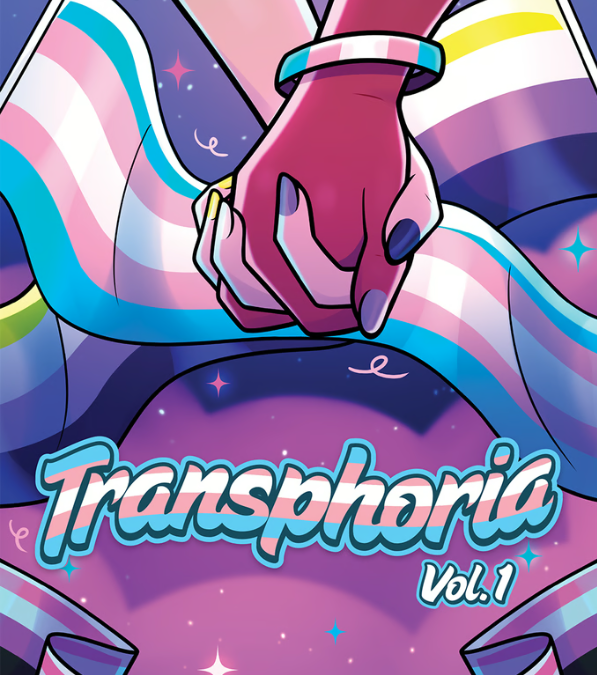
by Alexa Goodrich-Houska (she/they) | Jun 11, 2024 | Blog
Busy Geek Breakdown (TL;DR): This anthology seriously has something for everyone. It’s written by amazing and talented LGBTQ+ artists and authors. You should support the Kickstarter now!!!!! “Transphoria” is a groundbreaking anthology that sets a new...
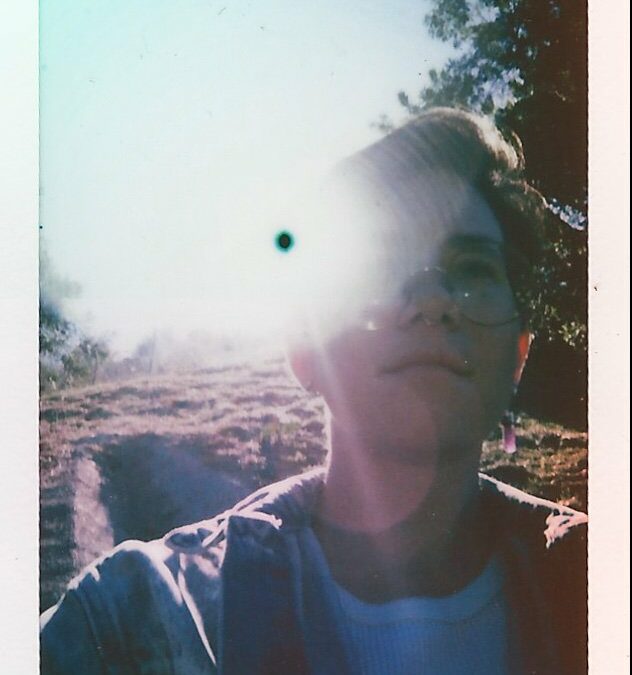
by Michele Kirichanskaya | Jun 5, 2024 | Blog
Molly Knox Ostertag is an Igntaz- and Prism-Award winning graphic novelist, 30 Under 30 Forbes scholar, and TV writer. She currently lives in Los Angeles with her spouse ND Stevenson. Her middle-grade graphic novel debut, The Witch Boy, came out in 2017 from...
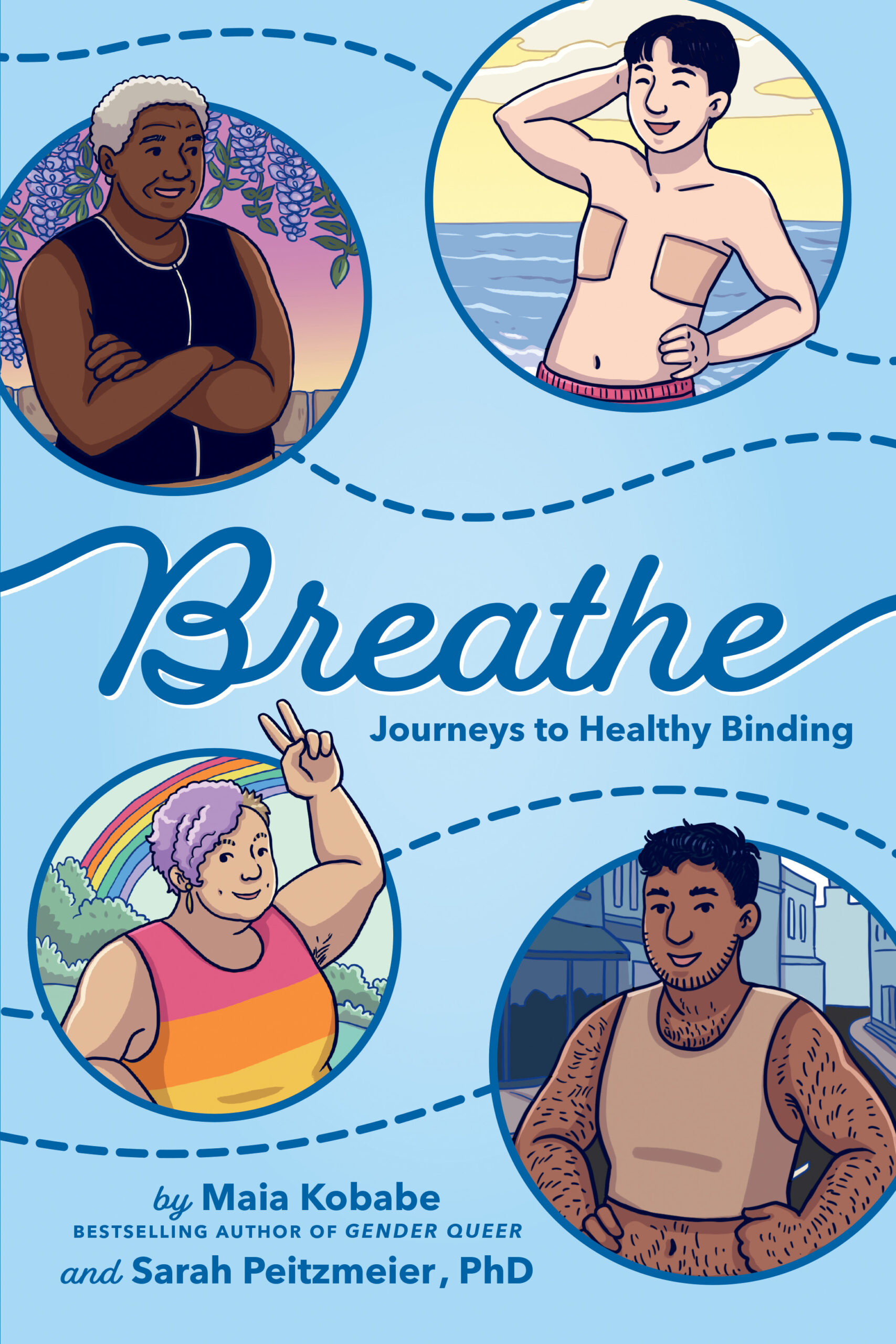
by Michele Kirichanskaya | May 29, 2024 | Blog
Maia Kobabe (e/eir/em) is author of the award-winning and bestselling memoir Gender Queer, the most banned book in America for the last two years. E and eir work has been featured in Time, NPR, the Washington Post, the Los Angeles Times, and many other outlets. Kobabe...
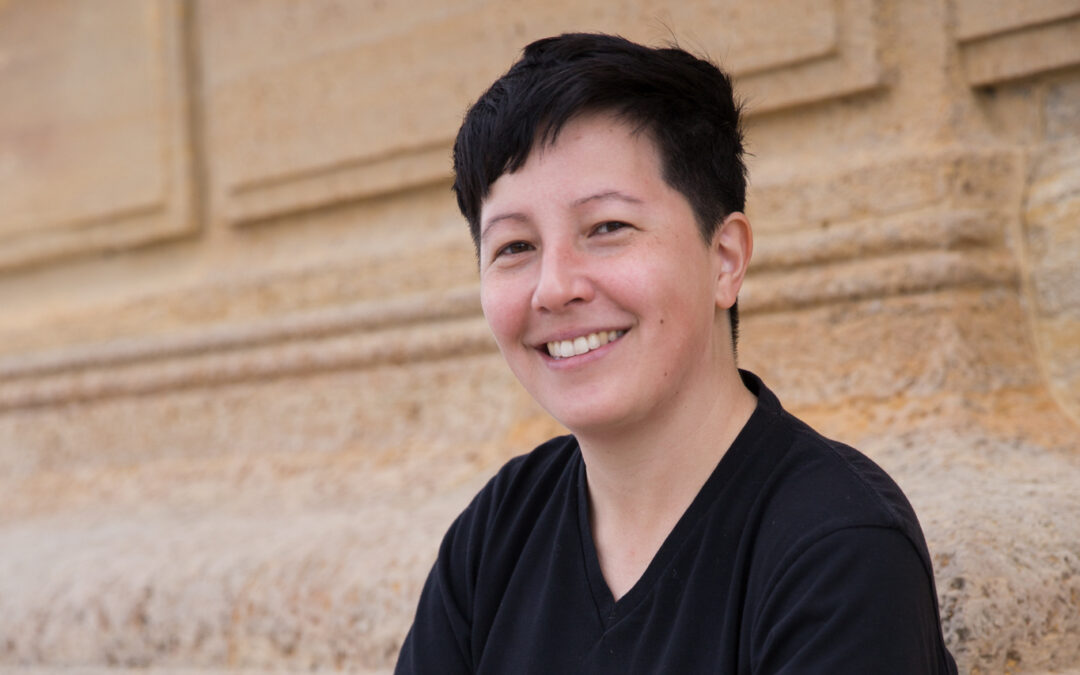
by Michele Kirichanskaya | May 25, 2024 | Blog
Andrea Tsurumi (they/them) is a Philadelphia-based children’s book author, illustrator andcartoonist. Their books include Accident!, Crab Cake, I’m On It!, and they’ve illustrated Mr.Watson’s Chickens, Sharko & Hippo, and the Kondo & Kezumi series, among other...






